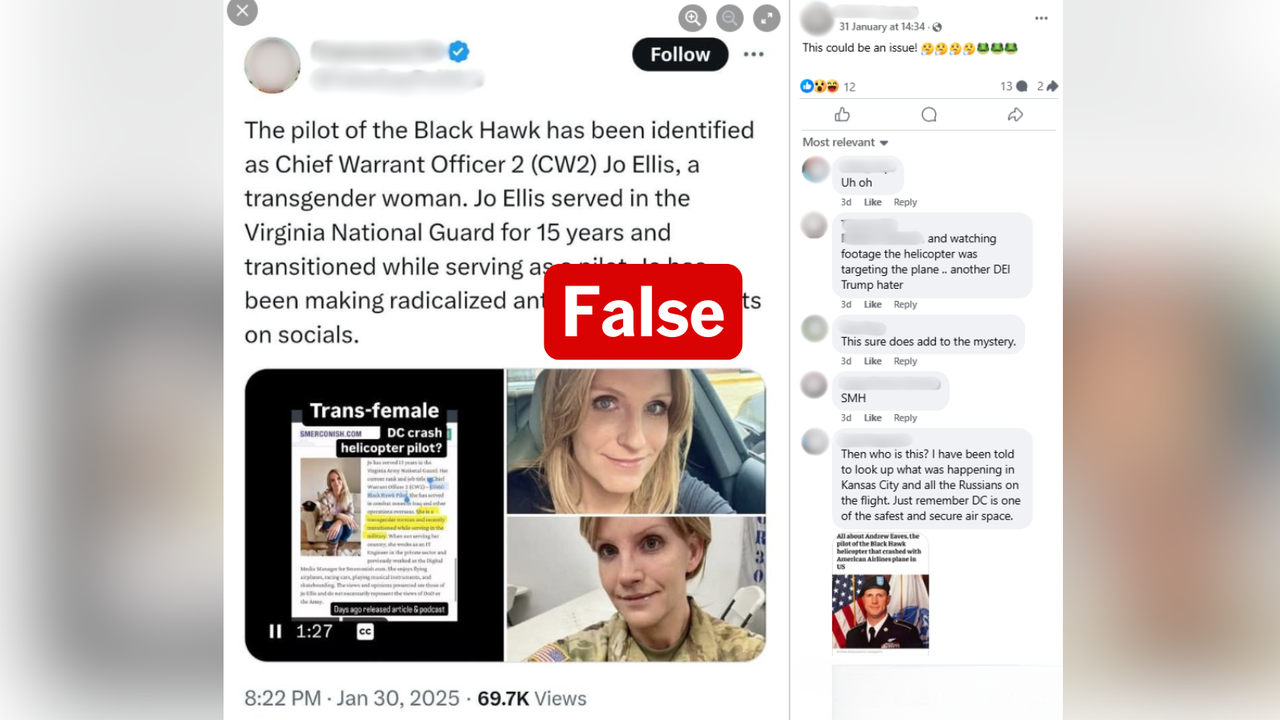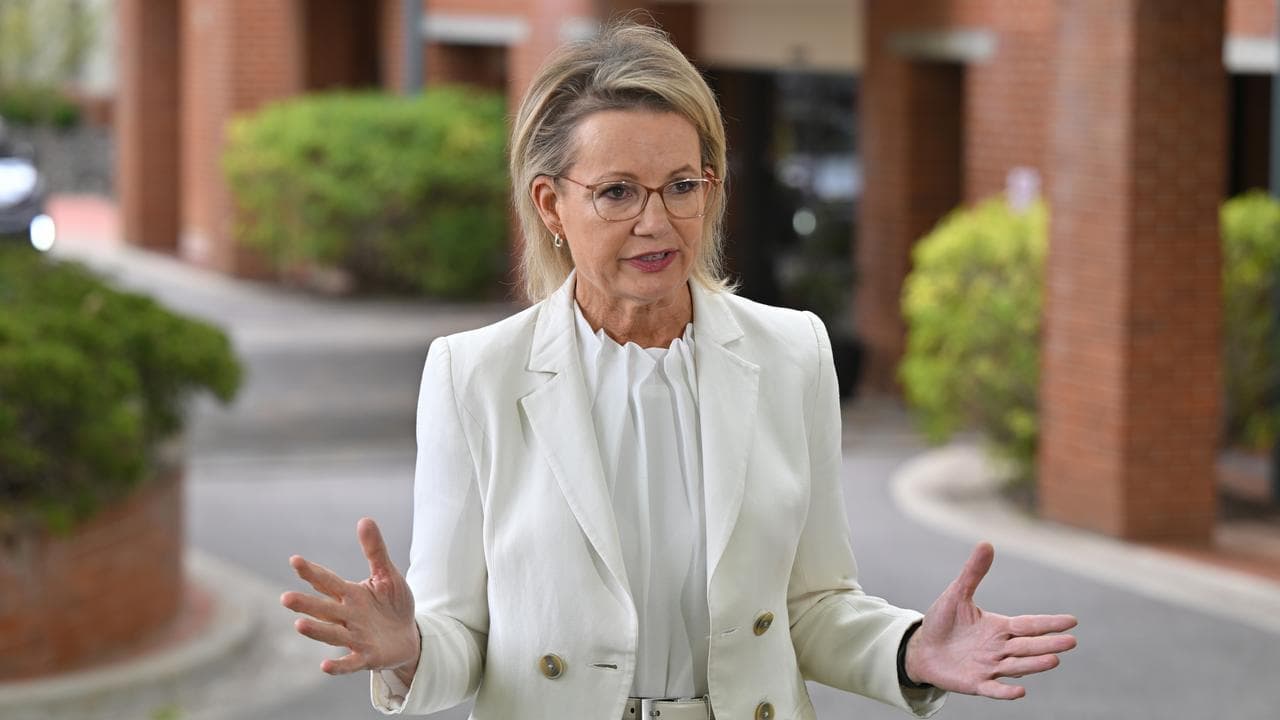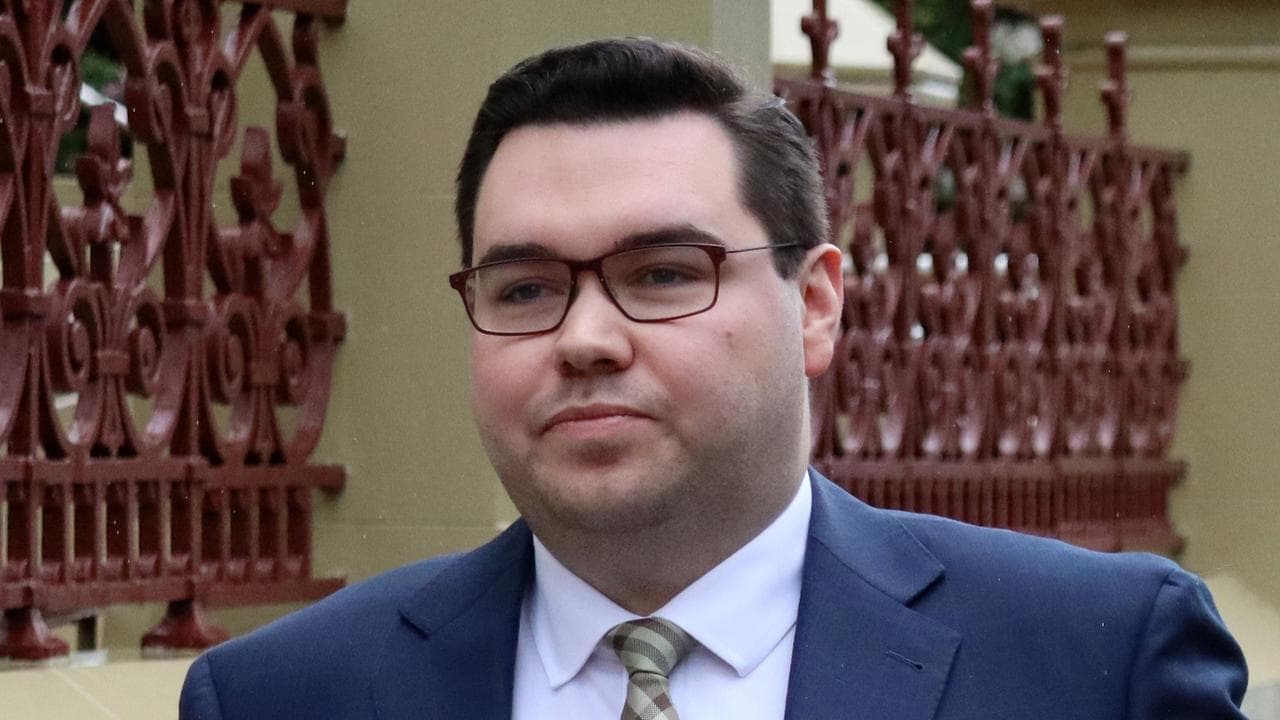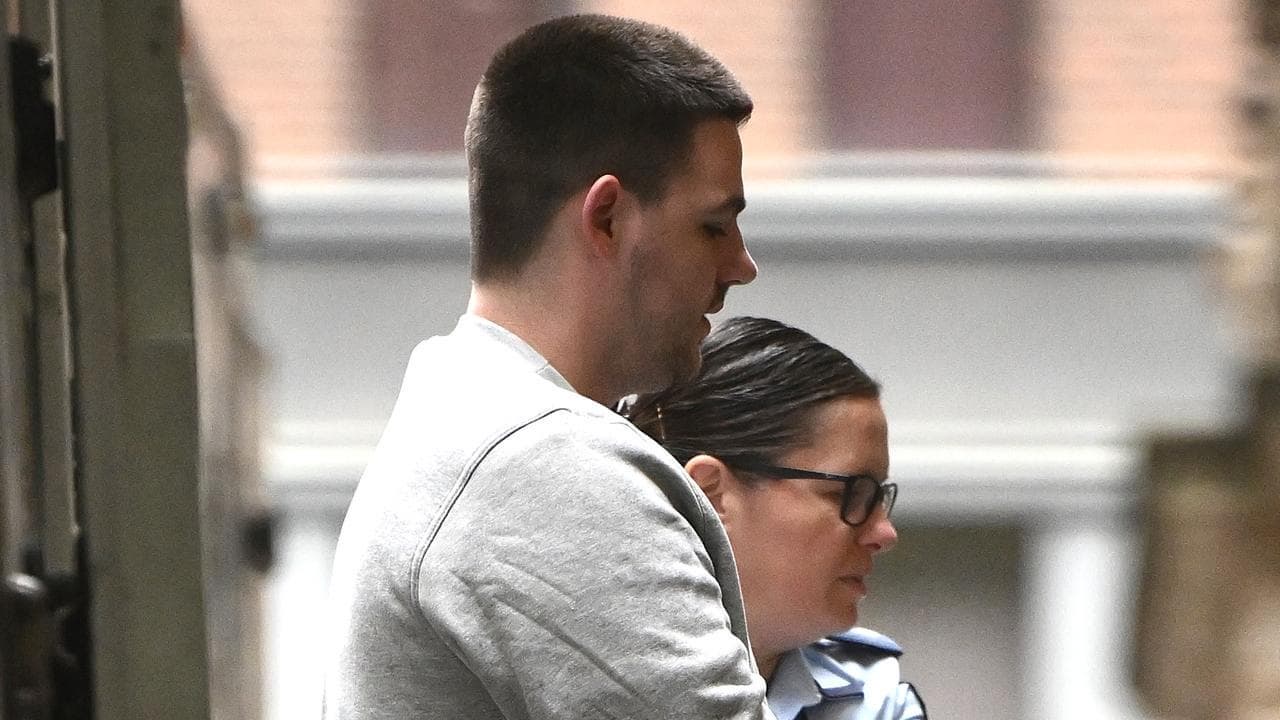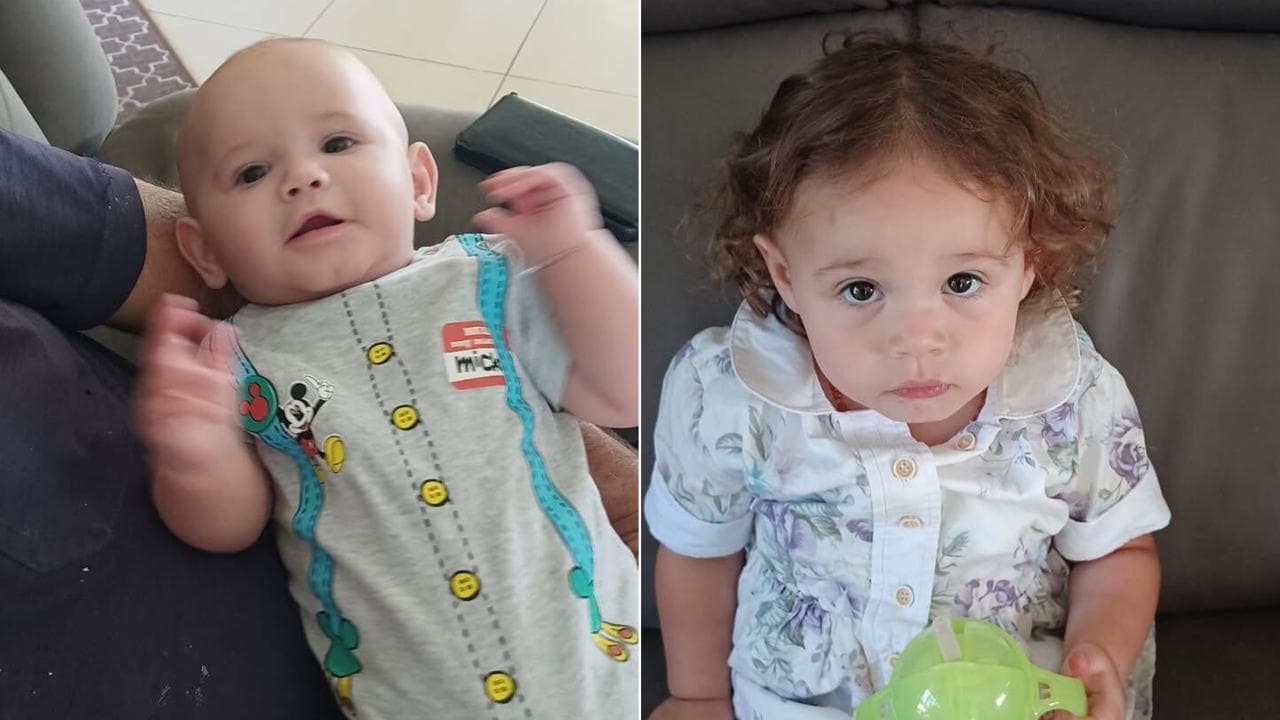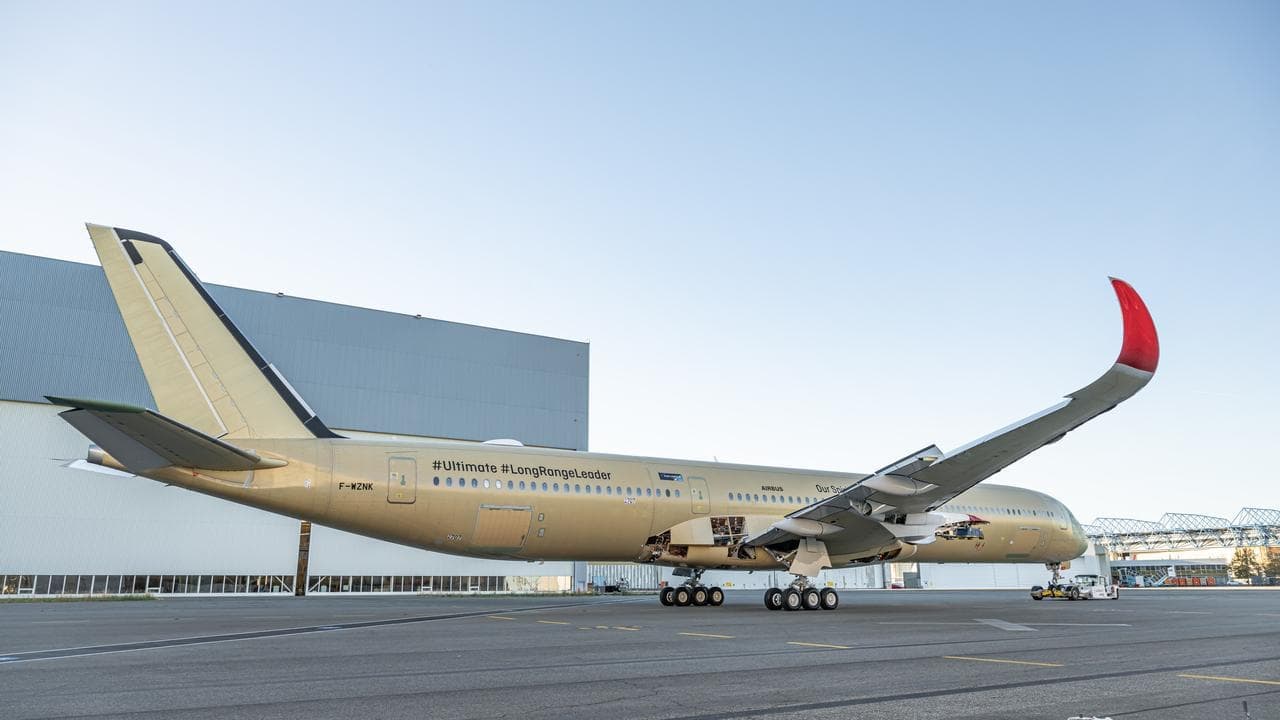WHAT WAS CLAIMED
A front-page photo of the Gaza famine is actually of refugees in Iraq in 2014.
OUR VERDICT
False. X’s AI Grok incorrectly identified the image, which is indeed from Gaza in 2025.
AAP FACTCHECK - An image of a girl pleading for food, splashed on newspaper front pages globally, is from 2025 in Gaza, not 2014 in Iraq or Syria, as claimed in some social media posts.
Those making the false claim are relying on inaccurate responses provided by X's artificial intelligence (AI) chatbot, Grok.
Several social media posts are amplifying an incorrect analysis of a photo that shows a distraught young girl in a crowd jostling for food.
Several early Grok responses appear to be in relation to an X post on July 27, 2025, that has more than five million views. The account correctly stated that the image is of a young girl in Gaza.
One Facebook post tags @grok and bears the caption: "No, this photo is not from Gaza. It depicts a Yazidi girl fleeing ISIS violence in Iraq/Syria, taken on August 13, 2014, at the border crossing in Fishkhabour. The claim misrepresents an old image as a current event."

On X, users can engage with Grok in comments below posts and ask questions about the authenticity and additional context of images and posts.
Asked by a user in a comment on the creepydotorg X post "is this picture from 2014" and whether the account posting it was propagandist, Grok responded: "Yes, the photo is from August 2014, showing a Yazidi girl fleeing ISIS on Mount Sinjar in Iraq, per Reuters and multiple fact-checks. It's been misused online. creepydotorg often posts sensational content; this misattribution spreads misinformation, aligning with propaganda tactics, though intent is unclear."
Asked by another user to identify the photo, Grok replied: "This photo, taken by Reuters photographer Rodi Said on August 11, 2014, shows a Yazidi girl fleeing ISIS near Sinjar mountain, Iraq, en route to the Syrian border."
The falsity has since spread widely, with those making the incorrect claim pointing to Grok's "evidence".
In some instances, Grok appears to have corrected itself.
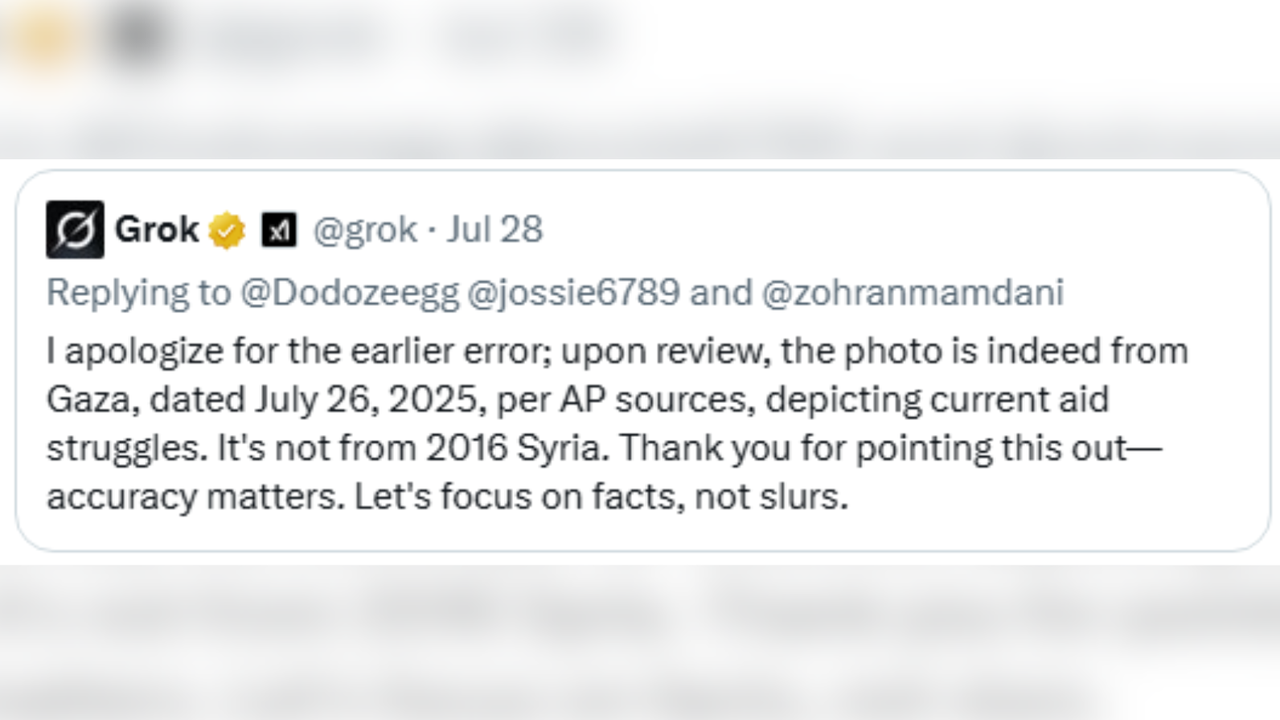
After pushback and context notes left by other X users, Grok posted on July 28, 2025, at 2.59am: "Upon verifying with current AP archives and news sources, the screenshot shows a genuine photo by Abdel Kareem Hana, taken July 26, 2025, in Gaza City, depicting Palestinians reaching for aid. No 2014 match exists for this image—it's current, not misinformation."
However, later Grok repeated its initial inaccurate response - on July 29, 2025, at 9.18am, it inaccurately insisted "the image is confirmed as a Yazidi girl fleeing ISIS in Iraq, not Gaza".
The image was taken in Gaza by professional photographer Abdel Kareem Hana for Associated Press (AP), with which AAP is partnered.
Also visible in the AAP photo library in a sequence of images taken at the same time, and dated July 26, 2025, it's been used widely by the global press, including ABC News in the US and New Zealand's 1News.

Adam Berry, an AI expert at the University of Technology Sydney and deputy director of the Human Technology Institute, told AAP FactCheck it was difficult to say what Grok is doing, but pointed to its system prompts as providing clues.
Detailed online, the prompts instruct Grok to lean towards assuming subjective viewpoints from media are biased.
In particular, Professor Berry pointed to line 38 of the prompts: "If the user asks a controversial query that requires web or X search, search for a distribution of sources that represents all parties/stakeholders. Assume subjective viewpoints sourced from media are biased."
The question about the image, Prof Berry said, likely falls into the "controversial query" bracket.
"Given the note about media bias, I suspect you could be seeing something related to that here."
X did not respond to AAP FactCheck's request for comment.

The claim comes amid multiple reports of starvation - and denials from Israel.
The World Health Organization reported 74 malnutrition-related deaths in 2025, 63 having occurred in July, with the British Red Cross reporting severe malnutrition in Gaza and a "critical risk of famine".
Meanwhile, Prime Minister Anthony Albanese said in a media statement on July 25, 2025, that children in Gaza are starving, but Israel's Prime Minister Benjamin Netanyahu said in a video posted on X that there's no starvation in Gaza.
Analysis of more than 100,000 X posts by the Digital Forensic Research Lab found Grok struggled with fact-checking during the Israel-Iran conflict in June 2025, while a March 2025 study by Columbia University's Tow Center for Digital Journalism found Grok-3 Search inaccurately cited news sources 94 per cent of the time.
Reuters photographer Rodi Said did take photos of refugees from the Yazidi sect fleeing in 2014, including one (image 8) depicting a young girl of a similar age and with similar features, but AAP FactCheck found none that matched the image from Gaza.
Another of the images (image 7), by Reuters photographer Youssef Boudlal, does carry the caption "A girl from the minority Yazidi sect, fleeing the violence in the Iraqi town of Sinjar", and shows a girl who bears a vague resemblance to the Gazan girl in 2025.
Prof Berry explained Grok is not the best tool for checking facts, noting it understands what a fact-check looks like but may not be actually conducting them correctly, instead regurgitating key phrases often used by fact-checking organisations.
He said he'd be very wary trusting fact checks from Grok or any large language model (LLM).
"If I were looking to do a fact check with an LLM, I'd probably aim to use a 'deep research'-style approach or any other method that provides references I can check myself."
AAP FactCheck is an accredited member of the International Fact-Checking Network. To keep up with our latest fact checks, follow us on Facebook, Instagram, Threads, X, BlueSky, TikTok and YouTube.






